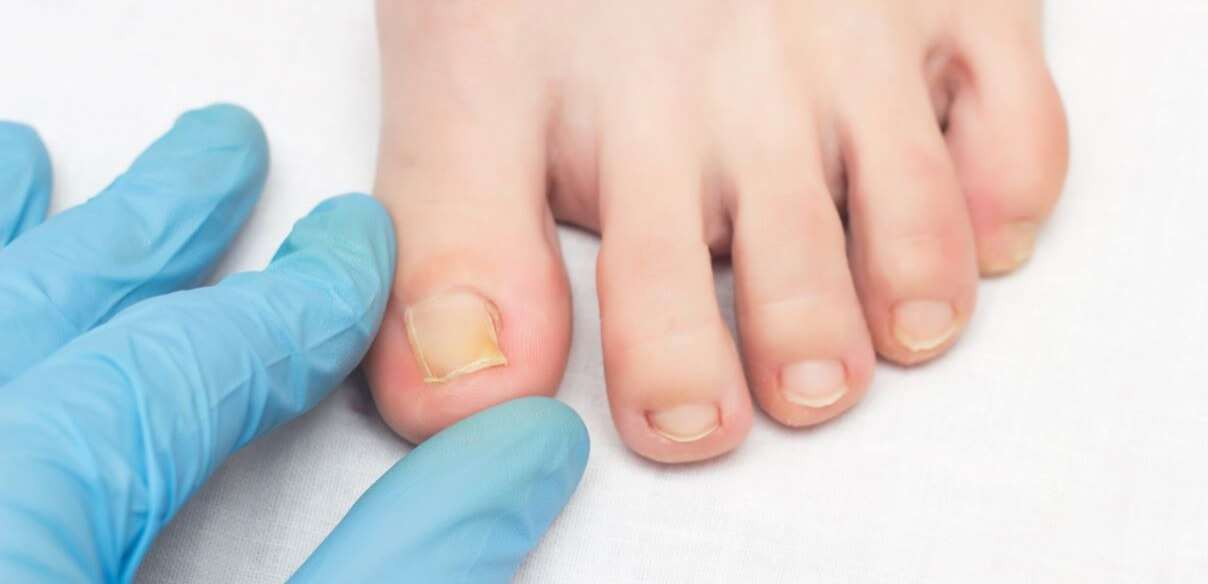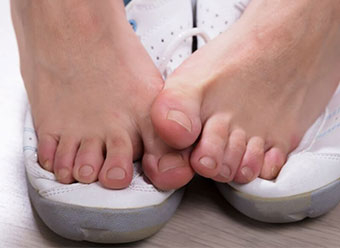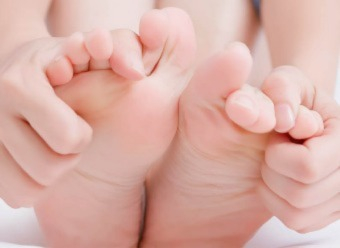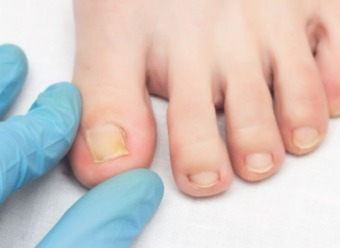Nail mycosis, also called onychomycosis, is a fungal infection that affects the toenails and fingernails. It can cause pain, itching and nail discolouration. Recognising the early signs of mycosis of the big toe or hand is paramount to ensuring the general health of the area. Explanations.
Recognising a mycosis of the toenail or fingernail
Did you know? Toenails are infected 10 times more often than fingernails. About 60 to 80% of cases are caused by a succession of nail dermatophytes, micro-fungi that cause mycosis of the keratins of the skin and nails.
Symptoms of nail mycosis include nail discolouration, thickening of the nail, deformation of the nail and separation of the nail from the nail bed. In the discolouration process, yellowed nails or even black toenails are caused by debris under the nail that builds up and darkens the affected area.
The black toenail or fingernail can be caused by multiple factors (shock, melanoma, pressure on the toe, fungus, etc.); the best thing is to consult a doctor to find out the origin.
Nail mycosis treatment
Treatment for nail mycosis depends on the severity of the infection. An initial assessment with your doctor will allow you to adopt the appropriate treatment, whether oral antifungals, topical antifungal medicines or laser treatments in some cases.
At home, after the swimming pool or the gym, use gentle cleansing gel as part of your daily treatment routine for optimal hygiene of the skin, feet and nails.
On a daily basis:
● Keep nails clean and dry, wash beforehand with a gentle cleansing gel that cleans and protects sensitive skin prone to mycosis.
● Wash your nails with a nail brush, which you clean after use.
● Regularly cut your nails straight to avoid ingrown toenails
● Wear well-fitting, breathable shoes
● Use cotton socks
● Avoid walking barefoot in public places
● Avoid sharing personal items such as nail clippers or shoes.
● Regularly massage the cuticles with a cuticle oil to moisturise and soften the skin.
Sources :





